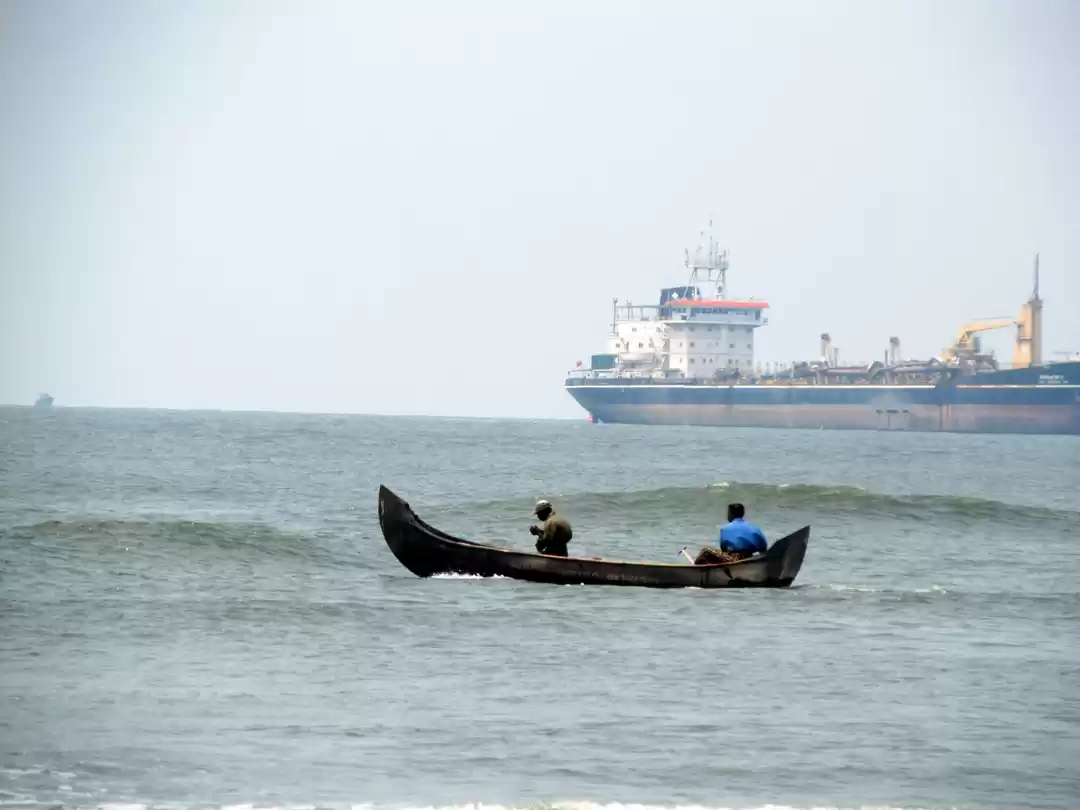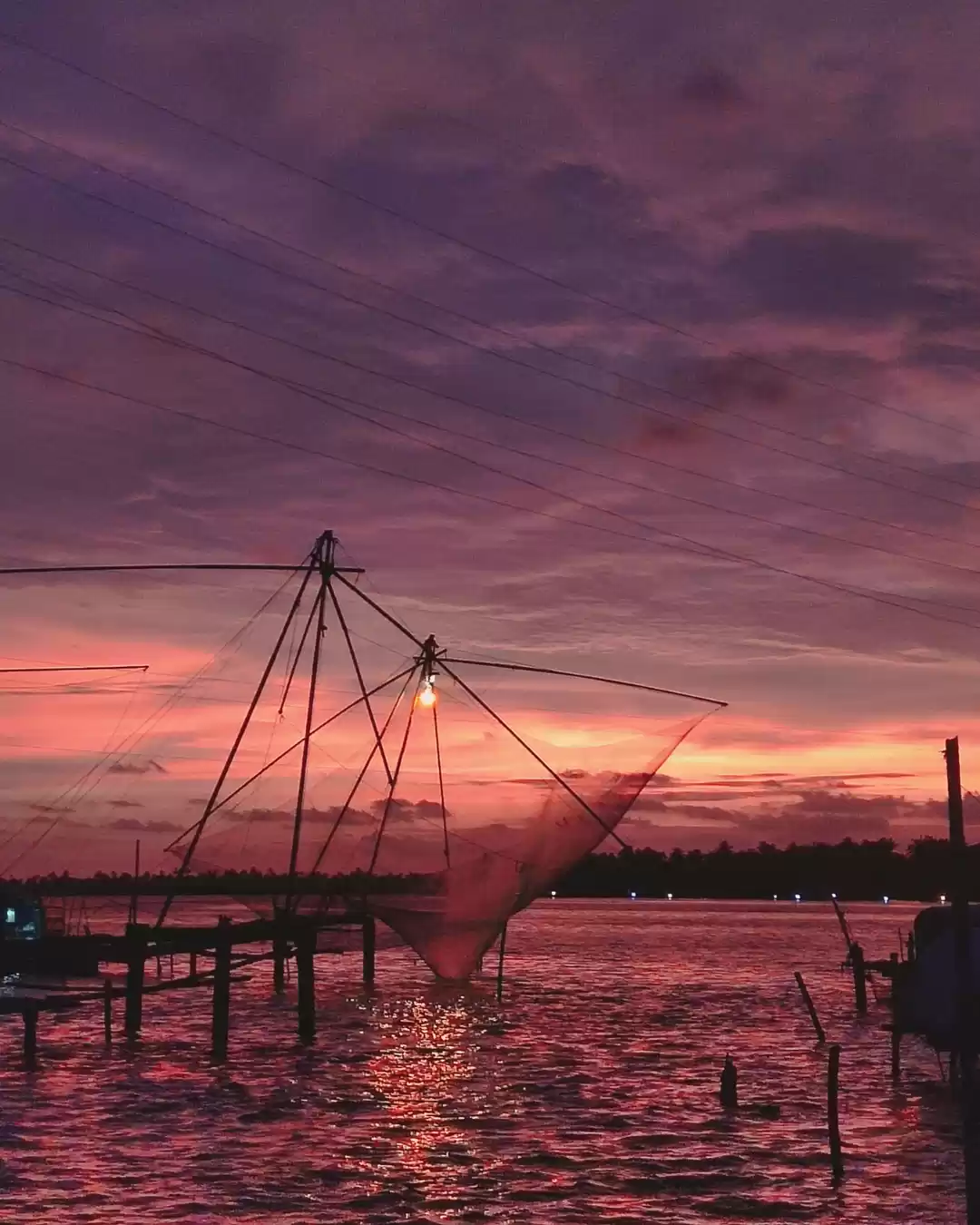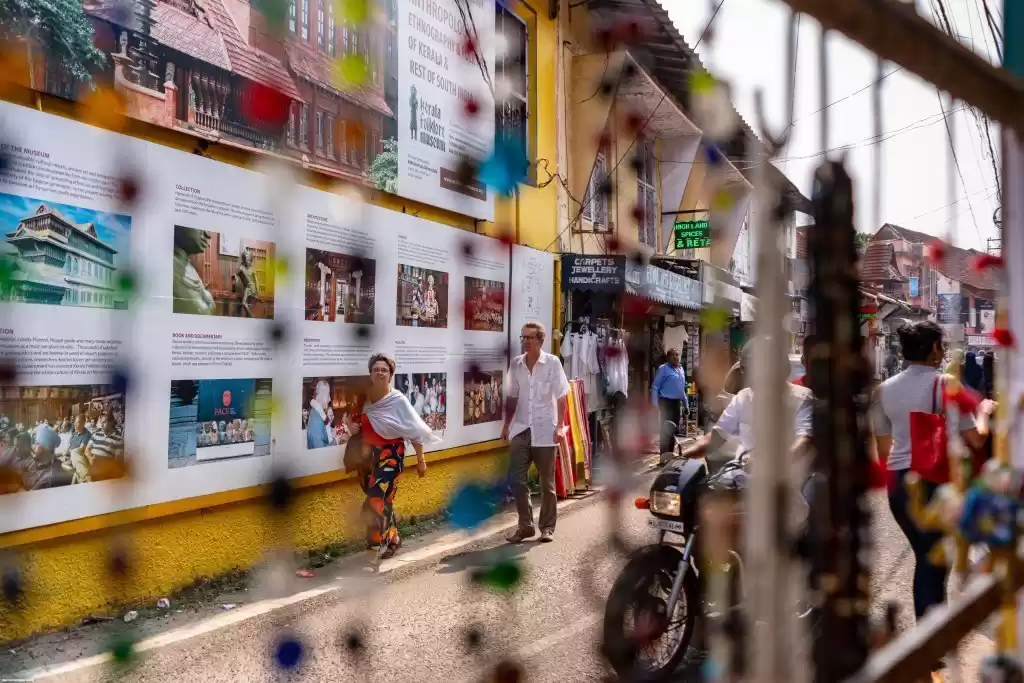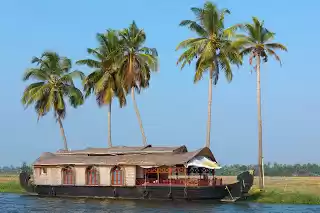
Art for Art’s Sake, an unshakeable conviction that shaped a movement and had its origins in nineteenth-century France, where it became associated with Parisian artists, writers, and critics expresses the idea— art has an inherent value which outshines thematic, moral, and socio-political concerns. This ideology runs deep in Kochi Biennale, Asia's largest contemporary art festival. It’s a collective exhibition and over 100 artists across countries come to be a part of Kochi Biennale.
Why makes Kochi Biennale Special
It is a unique platform where artists, curators, practitioners, historians, art lovers, patrons, critics, can come together. The result is a wonderful exchange in collective to create an art that feeds all senses. One of its Patrons, Dayanita Singh says “ Being an artist is not being in a gallery and in a museum and thank God for Kochi Biennale, it works like an international forum in India for artists. We are all international and are tripping off to different parts of the world to show our work and to see work. But we never had the chance to see great artists in India..." This Biennale don't just allow to meet the artists in the gallery setting rather can meet in person and discuss art and its execution like it happens in business forums. Unlike other, it is an artist-run Biennale where the curator is an artist and through debates and discourses this art festival make people engage with art and design.
Mission behind the 5th edition of Kochi Biennale
Singaporean artist Shubigi is the curator for this fifth edition of the Kochi Biennale 2022-23 and plans to orchestrate a multimedia exhibition merging painting, photography, textiles, printmaking, video, installation and performance art, into an aesthetic and thought-provoking experience. The 5th edition is gearing up with a mission to encourage contemporary international visual art theory and practise in India and also to enable a dialogue between artists, curators and the public. "This edition of the Kochi-Muziris Biennale therefore embodies the joy of experiencing practices of divergent sensibilities, under conditions both joyful and grim. There is optimism even in the darkest absurdity, and this is what leavens the direness of our time", says Shubigi Rao's curatorial note.
What are the Main Programmes
These programmes run at the core of the Kochi-Muziris Biennale.
Art By Children (ABC)
Kochi-Muziris Biennale has launched the Art By Children (ABC) programme to foster artistic thinking among children across Kerala. It will run alongside the Biennale and will include workshops in schools and special exhibition activities like guided tour for school student at the Biennale venues. Art Room Programme is a workshop programme extended to eight school now, they dedicate each room of a school to art workshop.
Master Practice Studio
Master Practice Studio programme offers interested practitioners the freedom to work over extended duration under the guidance of veteran artists and peers. Artists work at the pop-up studios using it like his workspace.
Artists' Cinema
The artists' cinema programme runs together with the Kochin Biennale wherein documentaries, feature films from across the world get screened and filmmakers curate the number of screenings of films that deserve a grand recognition.
Students Biennale
Students Biennale is the largest education programme of the foundation and gives an international platform to students of fine arts in India and help them become a thinker and to explore the artistic expression and its relationship with society.
Residences
Pepper House Residency Programme works like an international residency opportunity for artists across disciplines who can work and collaborate under one studio space which is the Pepper House in Kochi. Pepper House is a 16,000-square-foot dockside warehouse transformed by its owners, Tinky Mathew and Issac Alexander, into a mixed-use gallery, design store, library, café, and studio. It offers extensive studio facilities for production, Laboratory of Visual Arts library (for research), and the Pepper House cafe for dialogue and discussion.
Let's Talk
Let's Talk is a forum that builds a communal space designed for lectures, performances, film and conversations, and therefore central to the curatorial vision of creating a safe space for thinkers, artists, and scholars. Artists from across the globe come, discuss art, and the practises, share different ideas about the purpose of art and different notions of what art can or should do. Around 40 talks are planned and organized each year.
Video Lab
KBF (Kochi Biennale Foundation) supported by Tata Trust started Video Lab, a space designed to support and start experimentation and research on video projects on contemporary art.
Arts+Medicine
The Arts and Medicine initiative started for community engagement through live music and promises a stage for young musicians, performers, and percussionist.
Some of the best works of art featured at Kochi Biennale
There are some outstanding body of work commissioned and showcased in Kochi-Muziris Biennale in the past years that undeniably had a profound impact on creative minds.
1. Sea of Pain by Raul Zurita
The acclaimed Chilean poet was the very first artist to set the tone for what was to follow. His immersive installation at Aspinwall House brings together text, sound and architecture in a meditative piece taking us through the refugee crisis surrounding the conflict in Syria. They moved the poet when an image of a lifeless body washing ashore a Turkish beach went viral and Zurita portrays the universal good of water, which today could swallow hundreds of people, including children.
Raul Zurita’s ‘The Sea of Pain’ was created on-site at Aspinwall House, Fort Kochi for the Kochi-Muziris Biennale 2016.
2. Heri Dono's Smiling Angels from the Sky
'Smiling Angels from the Sky’ featured hanging sculptures with ten “angels” who wore pleasant and enthusiastic faces that resemble toy airplanes. “The angel is a universal symbol of hope for the future, you know,” says the Jakarta-born artist, who studied arts at the Indonesian Academy of Arts (ASRI) for seven years before dropping out. “It isn’t tethered to any singular tradition or religion, and can therefore be appreciated by any who comes across their winged forms.”
3. Edible Archives by Chef Anumitra Ghosh Dastidar
Edible archives, an exhibition by chef Anumitra Dastidar, serving art on a plate, is a tribute to the efforts of the farmers of our rural India where she got first-hand accounts from villagers on the rice they eat and produce. The show highlighted the heirloom varieties of paddy, as part of ‘Rice Stories' and showcased about 16 varieties of rice that are not commercially viable such as kalonuniya from Bengal to thavalakkannan from Kerala.
4. Song Dong's Water Temple
The interactive installation presented by Chinese artist Song Dong created a workspace amid the greenery featuring floors made of acrylic mirror. Inside, paint-brushes are kept in water pots of different sizes and shapes. One need to just dip the bristles in water, move the brush-tip along the translucent wall in whichever way you want for whatever time. And next, you are a participating artist at the subcontinent’s biggest art festival. The idea kicked off from Song Dong’s memories from childhood, when he was encouraged to practise handwriting without wasting paper and ink.
5. Time is the Rider by Probir Gupta
The sculpture has a form of a horseback. The saddle set on top and lower body metamorphosed into a migrant worker's toes revealed the political dominance of the rich and powerful towards the migrant workers. The artist says, “During my visits to Kolkata, I met with a group of women who work as help in people’s houses. Some were employed as nurses,” “What intrigued me about them was their displaced lineage and stagnated destinies.” These women were descendants of families that had migrated from East Pakistan (Bangladesh) during Partition and many came from urban middle-class families and were robbed of their wealth during Partition. So they ended up taking menial jobs in order to support themselves and thus bogged off to the whims and fancies of the rich and powerful.
For more information on Kochi Biennale click on this link: Kochi-Muziris Biennale
Where is the Venue
The exhibition, addition to a series of seminars, screenings, performances, and workshops, will run for 120 days from 12 Dec, 2022–Mon, 10 Apr, 2023 at various sites across the city of Kochi, India.
The Kochi Biennale Foundation seek to restore the heritage properties and monuments. To edify the traditional forms of art and culture, artists Bose Krishnamachari and Riyas Komu found the Foundation in 2010.
For the opening week's programme guide stay tuned to the current updates:
Kochi-Muziris Biennale IG handle
The message Kochi Biennale gives the world is that art is not a luxury when you have some time or free resources. Art is part and parcel of a society. Keeping this in mind pencil in trips to Kochi for next month.
Plan your visit and good even there are free public tours conducted at 11 AM and 3 PM daily at Aspinwall House.
For more details on guided walks and booking for tickets.
Check out here: Visiting the Biennale , bolgatty palace
For more updates on fabulous events on your city sign in to Tripoto.
Plan Your Next Trip to Kochi Using Tripoto's Complete Destination Guides

























